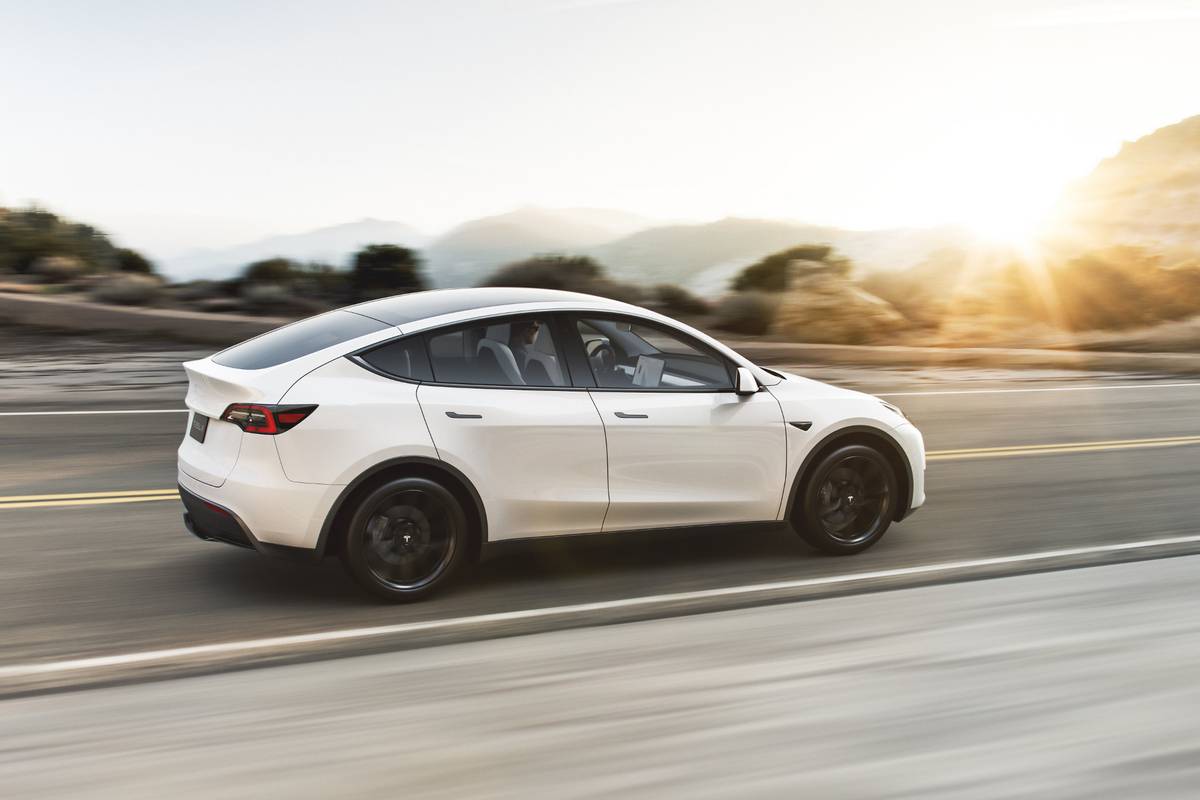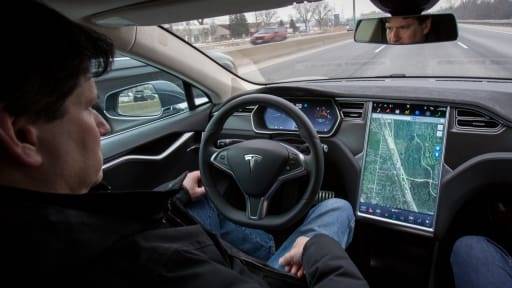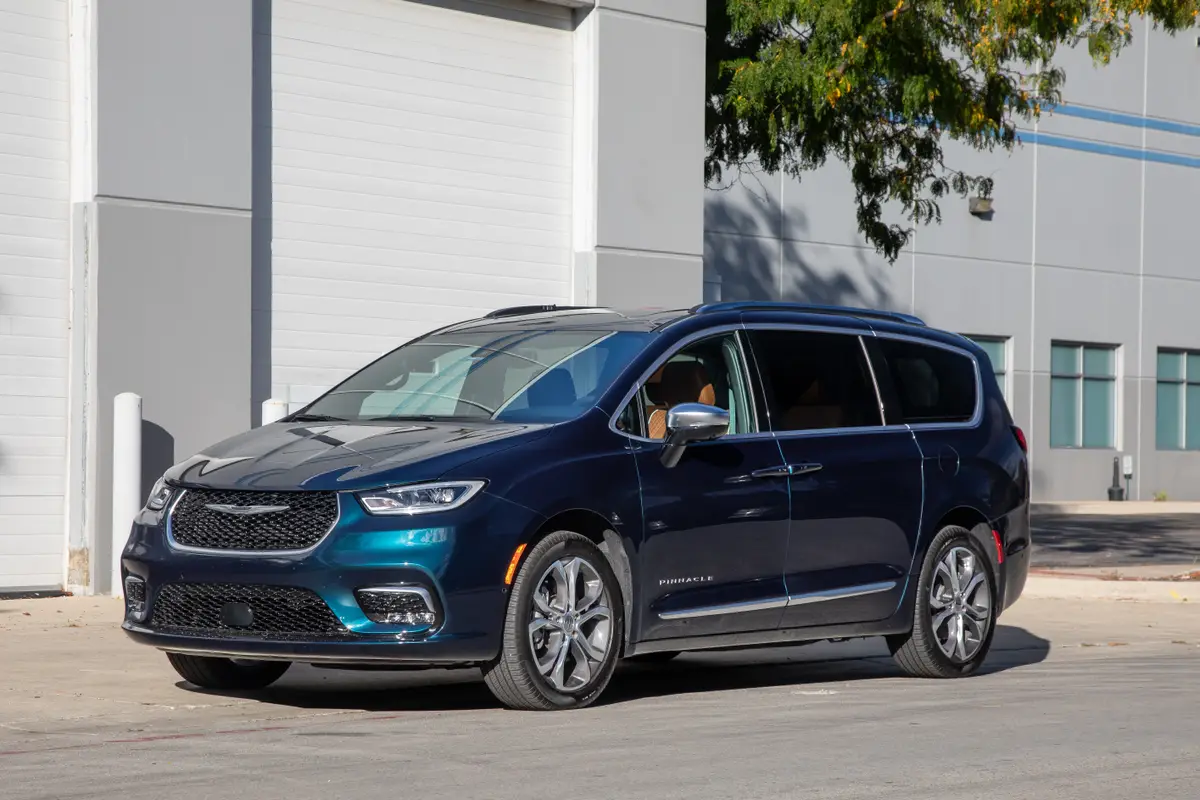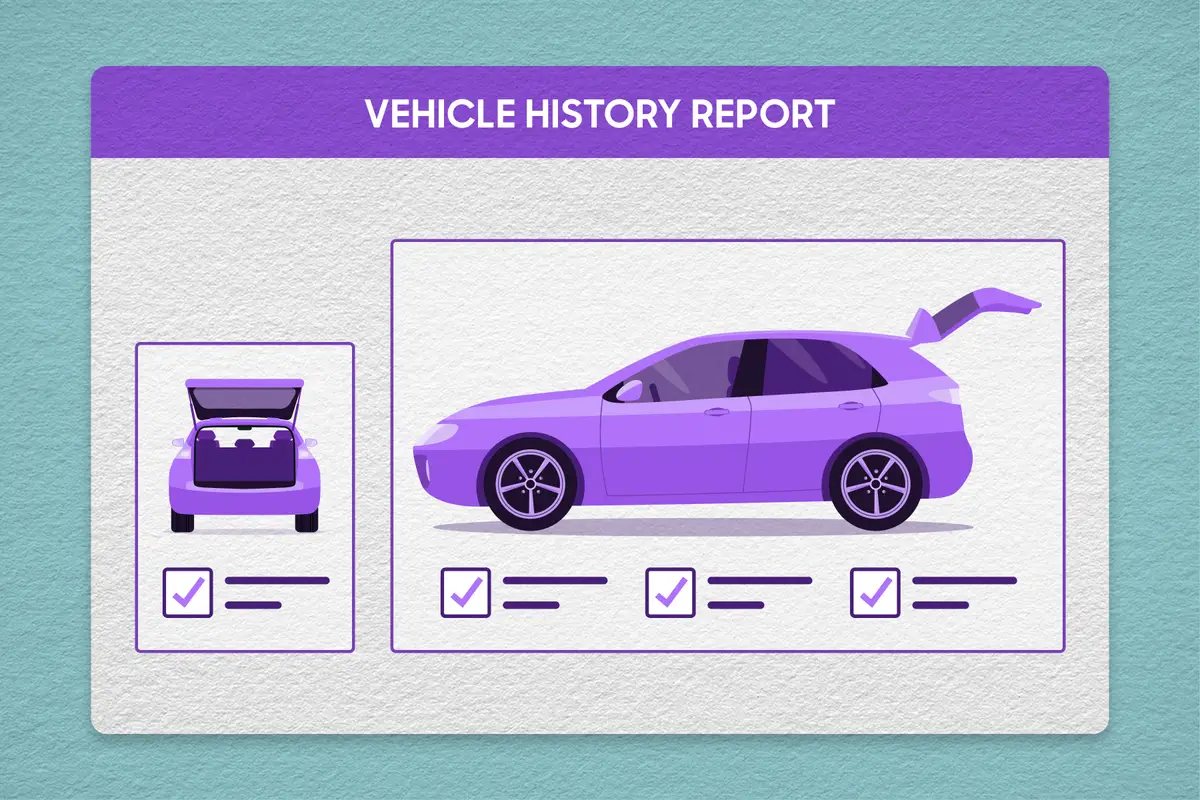Tesla Drivers More Distracted With Autopilot Engaged, Study Finds


As semi-autonomous driving systems such as Tesla’s Autopilot, GM’s Super Cruise and Ford’s BlueCruise become more readily available, an important question arises: Do these systems actually make driving safer? To measure just how much Tesla drivers in particular are relying on Autopilot, a team of researchers from the Massachusetts Institute of Technology compared driver gaze patterns when Autopilot was engaged versus when it was turned off. The findings may not be shocking, but they’re critical for automakers and owners alike.
Related: Tesla Autopilot Investigated by Feds as Cause of Driver Deaths
With names like Autopilot and features like hands-free steering (capabilities of both Super Cruise and BlueCruise), drivers can easily misinterpret these systems’ capabilities and have a false sense of security. But with multiple crashes involving Autopilot under investigation by federal authorities, Tesla’s system has fallen under higher scrutiny than the rest.
Automotive News reports the MIT study is believed to be the first of its kind to gather real-world data on driver attentiveness with Tesla’s Autopilot engaged compared to manual driving. The study used in-vehicle cameras to monitor behavior for 290 subjects as they manually switched between driving with Autopilot and disengaging the system.
Variables measured included the frequency and duration of glances related and unrelated to driving during this transition. Driving-related glances include looking at the road, side windows and mirrors; non-driving-related glances mean looking down (at a smartphone or lap) and at the central dashboard touchscreen.
Results: Autopilot Engaged Means Drivers More Often Disengaged
The results found a significant difference in glance patterns with Autopilot engaged versus manual driving. All off-road glances with Autopilot engaged were more frequent and longer than with manual driving. One concerning finding is that glances down (likely at a phone) and toward the center controls had the highest instance of exceeding two seconds — 22% of such glances exceeded such thresholds with Autopilot engaged versus just 4% of glances in manual driving. That’s notably higher than with rival systems that performed similar functions. Researchers noted that two other studies from 2013 and 2018 found that with other cars employing adaptive cruise control and lane centering, just 8-11% of glances were either down or toward the center controls for more than two seconds.
Conversely, driving-related glances away from the road were less frequent when Autopilot was engaged compared to manual driving. The study also shows drivers did not compensate for more frequent glances off-road with longer glances at the road ahead.

Implications: Autopilot Doesn’t Mean Attention-Free
Drivers who use semi-autonomous driving systems, regardless of the brand, should pay attention at all times — no car currently on sale in the U.S. offers true self-driving capability, even for limited periods. As Tesla’s website states, “Autopilot is a hands-on driver assistance system that is intended to be used only with a fully attentive driver. It does not turn a Tesla into a self-driving car, nor does it make a car autonomous.”
From their launch, GM’s Super Cruise and Ford’s BlueCruise employed driver-facing cameras that monitor eye movement and set off alerts if they intuit driver inattention. Tesla, on the other hand, resisted adding such technology until recently. When the EV manufacturer switched from a radar to a camera-based system for its Tesla Vision earlier this year, the automaker added an in-cabin camera to the Model 3 and Model Y. According to Tesla, the cameras determine driver inattentiveness and provide an audible alert to remind drivers to keep their eyes on the road.
More From Cars.com:
- Tesla Recalls Model S, Model X Following Letter From Feds
- Which Cars Have Autopilot?
- Tesla Model S Driver Killed With Autopilot Engaged; NHTSA Opens Investigation
- Which Cars Have Self-Driving Features for 2021?
- Tesla Replaces Radar Sensors With Tesla Vision Camera System
Further research needs to be done to determine if drivers are simply misinformed about semi-autonomous capabilities or if they make a conscious decision to divert attention from the road despite knowing it’s ill-advised. Distracted driving is prevalent even among drivers who don’t use any of the aforementioned systems, but the MIT study shows it may become more frequent (and potentially problematic) when the vehicle takes on more of the driving mechanics.
Related Video:
Cars.com’s Editorial department is your source for automotive news and reviews. In line with Cars.com’s long-standing ethics policy, editors and reviewers don’t accept gifts or free trips from automakers. The Editorial department is independent of Cars.com’s advertising, sales and sponsored content departments.

Former News Editor Jane Ulitskaya joined the Cars.com team in 2021, and her areas of focus included researching and reporting on vehicle pricing, inventory and auto finance trends.
Featured stories




